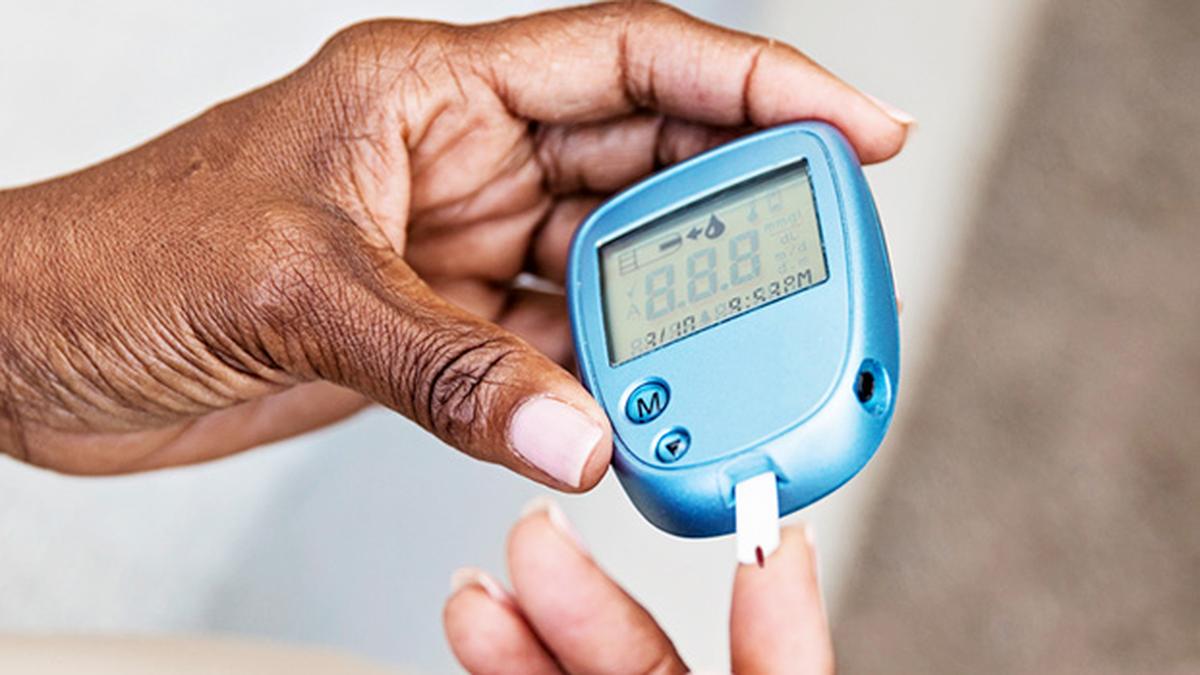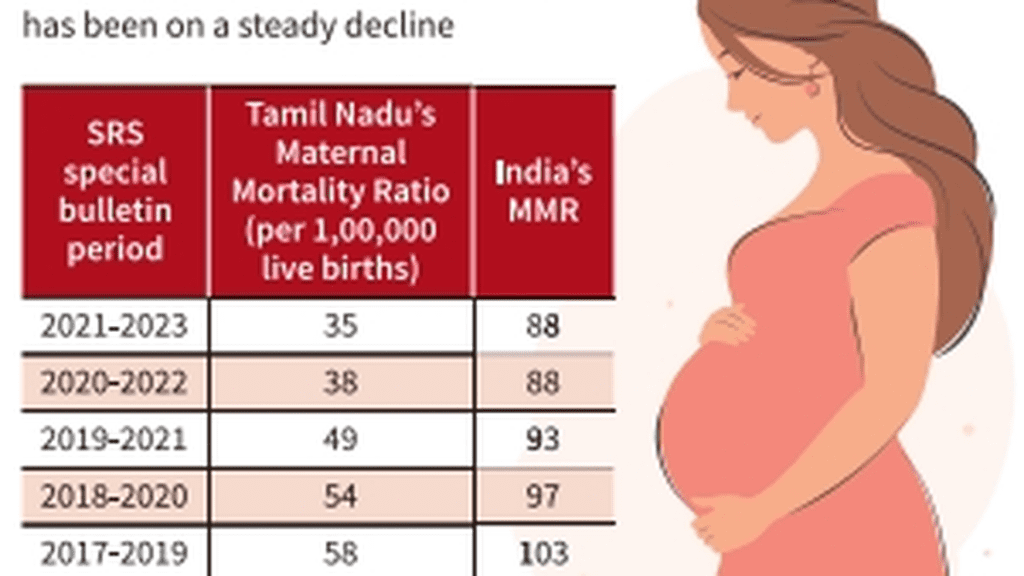India needs to prioritise preventive care Premium

India needs to prioritise preventive care Premium
India is facing a healthcare crisis that is growing both in scope and cost. We face an alarming dichotomy today: while life expectancy of Indians is expected to increase further, many are facing disease burden earlier. As the country sees an alarming rise in non-communicable diseases (NCDs) such as heart disease, stroke, diabetes, and cancer, the financial burden on individuals and the healthcare system continues to escalate.
NCDs accounted for about 65% of all deaths in 2022, up from about 50% in 2010-13, as per the National Family Health Survey-5. The prevalence of risk factors for NCDs is worryingly high. One in four adult men are hypertensive. One in eight are diabetic. Further, breast, lung, and cervical cancer are on the rise, with the median age of diagnosis occurring earlier than global averages.
Millions of people who are facing these conditions could have been managed better, at often lower costs, had they been diagnosed earlier. In this context, shifting the focus from reactive treatment to proactive prevention is crucial, not only to improve health outcomes but also to control the ever-increasing healthcare expenses.
The Union Budget for 2024 allocated ₹87,657 crore to the Ministry of Health and Family Welfare, marking a 13% increase from the previous year. While this is a step forward, experts agree that this allocation remains insufficient given the scale of India’s health challenges.
The National Health Accounts show the total current health expenditure estimate in 2021-22 as ₹7.9 lakh crore, growing at a rate more than overall inflation. The share of household health expenditure, including insurance contributions, while decreasing over time, still drives nearly 50%+ of the spend. This remains one of the highest globally.
The World Health Organization (WHO) projects that the economic burden of NCDs in India will surpass ₹280 lakh crore by 2030 — a cost equivalent to ₹2 lakh per household. This escalating cost, driven by rising healthcare expenses and productivity losses, poses a severe threat to financial stability, particularly for middle and lower-income families.
Regular screenings, especially for high-risk individuals, could significantly reduce the incidence of serious, life-threatening and debilitating conditions and its resultant cascading economic and social effects. In a large hospital network, for every 1,000 people screened, at least three people are identified for pre-emptive cardiac or cancer interventions.
Targeted but periodic screening investigations for individuals such as mammograms for breast cancer, pap smears for cervical cancer, X-ray or low-dose computed tomography for lung cancer, ultrasound for liver disease, echo cardiography and treadmill stress test for heart disease beyond the physical vitals and blood tests enable early intervention.
Unfortunately, comprehensive health checks (which can cost anywhere between ₹8,000 and ₹15,000 in metro cities today) are perceived as expensive. If the government were to enable a step change in preventive health services adoption, it could significantly reduce the overall financial burden on individuals and the healthcare system.
Tax incentives, subsidised screenings, and public awareness are key policy tools that can enable this. As part of the Finance Act, 2013, the Union government made efforts to encourage preventive healthcare by offering a ₹5,000 tax deduction under Section 80D of the Income Tax Act for health checks. However, this amount has remained stagnant for the last decade, despite the 12-14% estimated healthcare inflation rate and the rising cost of healthcare services. Thus, it would be prudent for our policymakers to consider revising the tax deduction limit to at least ₹15,000 in the Union Budget for 2025-26. This would incentivise more individuals to undergo preventive health checks, potentially saving the nation several thousand of crores ifn uture healthcare costs. The incremental tax foregone to the exchequer from such a measure is estimated to be less than ₹5,000 crore, a worthy investment towards improving the health of the nation.
We need to prioritise preventive care to mitigate the increasing economic and financial burden of chronic diseases. A three-pronged approach can potentially drive a change in the adoption of preventive health services.
First, we need to strengthen early intervention capabilities through the Ayushman Health and Wellness Centres, including capturing trends effectively and enabling risk-driven targeted screening using AI-enabled imaging modalities to offer lower cost screenings at-scale.
Second, we need to improve the adoption of screening at private centres by encouraging insurers and private health providers to offer a subsidised minimum screening programme for every individual between 40-60 years. For example, for women after the age of 40, a mammogram is necessary annually or once in two years, based on her risk factors. Exploring part funding through allocations from proceeds from the healthcare cess or the proposed 35% GST slab on tobacco and sugar products can help reduce funding needs.
Finally, the increase in tax deduction limit can further incentivise people to complete comprehensive health checks.
By prioritising preventive care over reactive treatments, India can pave the way for a healthier and more economically resilient future.










